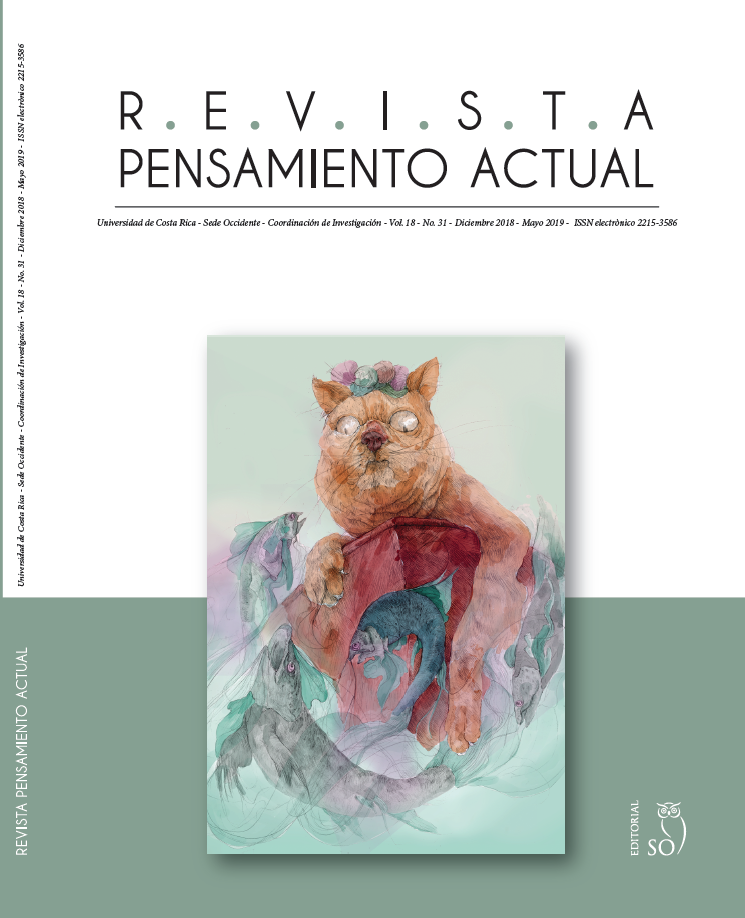Abstract
The present article has the objective of diagnosing the Burnout Syndrome in university teachers, by means of latent class models. Specifically, using Parametric Bootstrap for their application, given the nature of the data: manifest binary variables and scarce data. The simple random sample consisted of 251 teachers, to whom the Burnout Inventory was applied, containing 22 binary variables. Thus, the possible number of response patterns was 4194304, but only 0.000041 (0.004%) of them were found in the sample data. Given this low incidence, for the evaluation of the late class models, the Parametric Bootstrap method was used through the BLC program (BootLatentClass). It was found that the appropriate model to explain the dimensionality of the data is formed by three latent classes. The first class can be interpreted as "normal" teachers; they do not present any symptoms of being "burned" because all the conditional probabilities are very low. The second class is composed of "unhappy" university teachers. The third class is the "optimistic" university teachers. There are significant mean differences between the three latent classes, at a level of confidence of 99%, in the arithmetic averages of the dimensions of emotional exhaustion, depersonalization and personal fulfillment.

